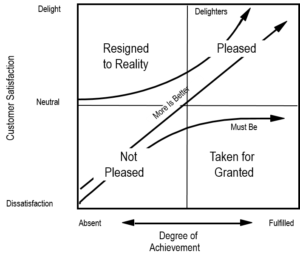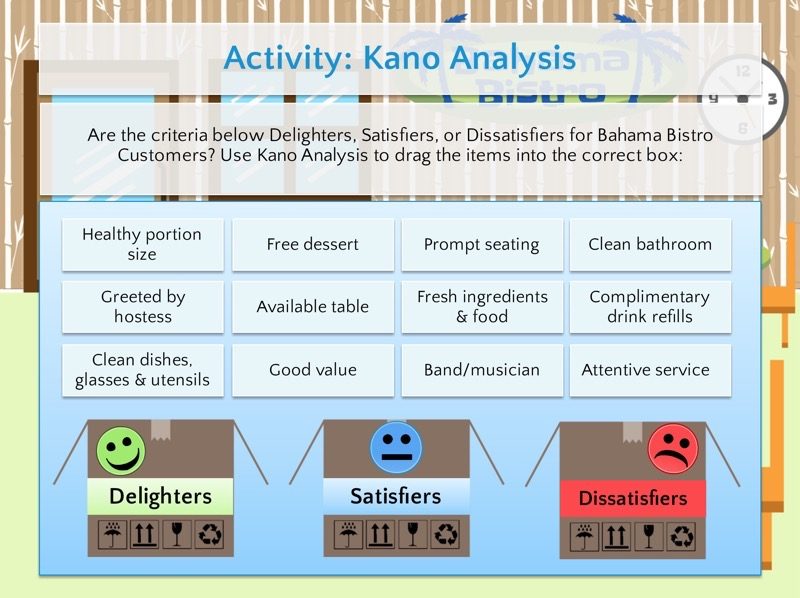Six Sigma Kano Template Design
Voice Of the Customer (VOC) and Kano Model What is Voice Of the Customer (VOC)? In / / /, the ability to understand and analyze customer needs is the starting point of the improvement journey. Play Gmod Online Free No Download. Voice of the Customer (VOC) is a process used to capture the needs / requirements /feedback from the customer (internal or external), both stated and unstated. VOC can be captured in a variety of ways: Direct discussion or interviews, surveys, focus groups, customer specifications, observation, warranty data, field reports, complaint logs, etc. Using Kano Model For Voice of the Customer (VOC) Analysis One powerful tool for VOC analysis is Kano model developed by Professor Noriaki Kano of Tokyo Rika University.
It is a tool which can be used to classify and prioritize customer needs. This is useful because customer needs are not all of the same kind, not all have the same importance, and are different for different populations. The results can be used to prioritize your effort in satisfying different customers. The Kano model addresses the three types of requirements: • The ‘ Must Be ’: Allows a company to get into the market.
Design Scorecard Overview Design. Design Scorecards are typically used in a Design for Six Sigma project to. Add template Design Scorecard worksheet can be. Project charter: The project charter is one of the key Design for Six Sigma tools, because in order to successfully design a new product or service, a. Six Sigma Methods, Tools & Techniques - Discover 6 Sigma. Methods, Tools & Techniques are vital to the success of any Six Sigma project whether DFSS or DMAIC. Lean Six Sigma & A3 Thinking Workbook 06-01-15 v21 Evelyn A. Silos 29 Six Sigma Focus 59 Lean 5-S. System-wide Benefits 102 Kano Model Section 132. Purchase and download Lean and Six Sigma. Kano Analysis Excel Toolkit; Shop. The Excel Kano Analysis Toolkit provides you with the capability to design and.

Without this, you will never be able to sell the products / services. Expected features or characteristics of a product or service (legible forms, correctly spelled name, basic functionality). These needs are typically “unspoken.” If these needs are not fulfilled, the customer will be extremely dissatisfied. ‘Must be’ characteristics are generally taken for granted—unless they are absent! An example of an “unspoken” need when staying at a hotel is cleanliness. When a guest books a hotel room, he/she does not need to specify that they need a clean room. They expect it.

If this basic need is not met, the guest will be extremely dissatisfied. • The ‘ More is Better’: Standard characteristics that increase or decrease satisfaction by their degree (cost/price, ease of use, speed). These needs are typically “spoken.” Customers generally discuss or bring up issues related to More Is Better characteristics (also called ‘linear satisfiers’).
Using the hotel example again, “spoken” needs could be internet access, breakfast provided, a non-smoking room, laundry services available etc. • The ‘ Delighters’: These really make your product stand out from the others. Allows a company to excel, and stand out among the competition.